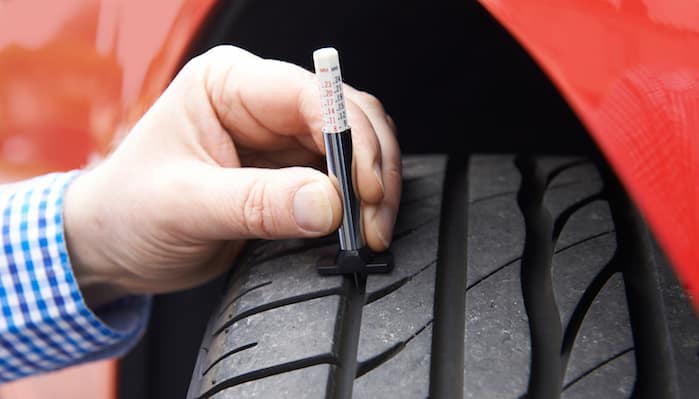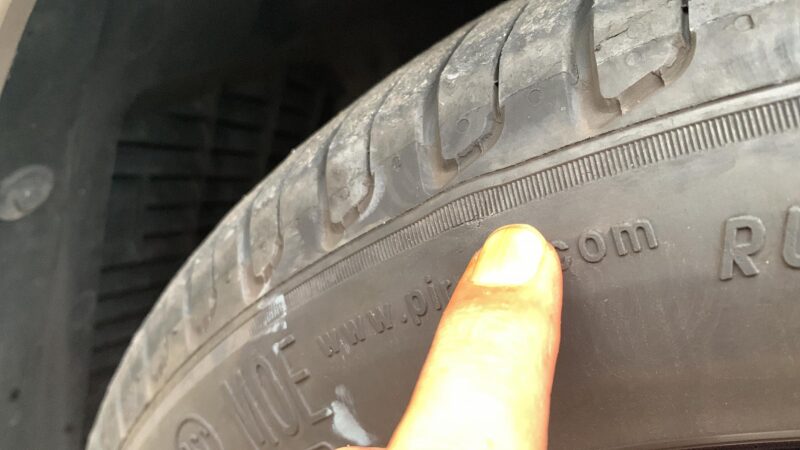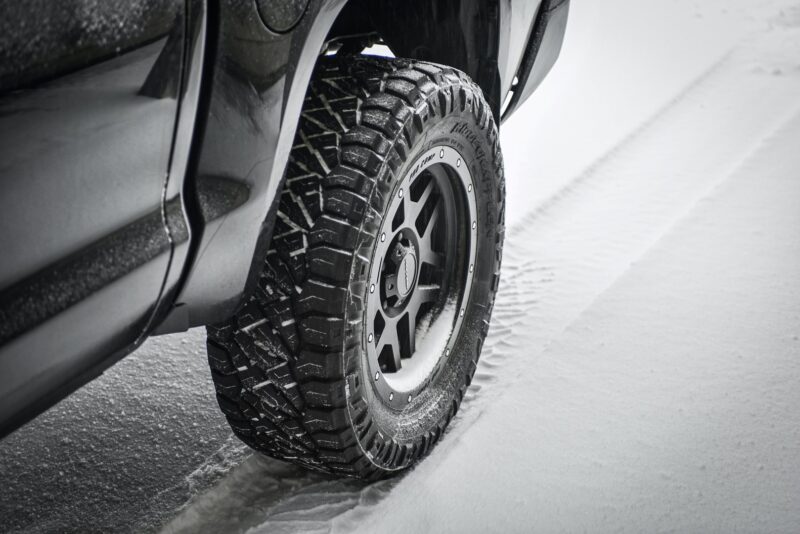Winter tires are more than just a seasonal accessory; they are a crucial safety feature for anyone driving through snow, ice, and cold temperatures. But not everyone wants or can afford to splurge on brand-new rubber every few years. This is where used winter tires come into play. As cost-effective alternatives, they can provide the necessary traction without breaking the bank.
However, buying used tires requires more attention to detail to ensure you’re not compromising on safety. Here, we’ll dive into the essential aspects of selecting used winter tires, making sure you stay safe without overspending.
The first thing to consider is the source of the tires. It’s tempting to snap up a deal from an online marketplace or a local ad, but it’s vital to prioritize reputable sellers. Specialized tire shops often have high standards for the used tires they sell, including those in St. Catharines tires from these sources are typically inspected thoroughly, giving you a clearer picture of what you’re buying.
Understanding Tire Tread Depth

One of the most critical factors in choosing any tire, especially a winter tire, is the tread depth. Tread depth affects how well a tire can grip the road in icy or snowy conditions. The legal minimum tread depth is 2/32 of an inch, but for winter tires, anything less than 4/32 of an inch won’t offer much in terms of safety or performance. To check tread depth, you can use a tread depth gauge or simply perform the penny test. Insert a penny into the tread with Lincoln’s head upside down; if you can see all of his head, it’s time to skip those tires.
Assessing the Age of the Tires
While the tread might pass muster, the age of the tire is another vital factor. Rubber degrades over time, regardless of use. The general consensus is that tires should be replaced every six years, maximum. You can find the age of the tire by looking at the DOT code on the sidewall. The last four digits represent the week and year of manufacture. If the tires are older than six years, they might be prone to failure, even if they look okay.
Checking for Even Wear and Damage

Examining the tire for even wear is crucial. Uneven wear can indicate issues with the tire itself or the car it was previously fitted on. Look for any signs of irregular wear patterns like high and low spots or unusually smooth areas. Additionally, inspect the tires for any visible damage such as cuts, punctures, or bulges in the sidewall. Such damage could compromise the tire’s structure and safety.
Weather-Specific Considerations
The specific winter conditions you’ll be driving in should influence your choice of used tires. For instance, if you live in an area with mild winters, tires with a lower tread depth might still be acceptable. However, in regions with heavy snowfall and icy roads, look for tires that can offer maximum traction and have features like enhanced siping and stud capabilities.

